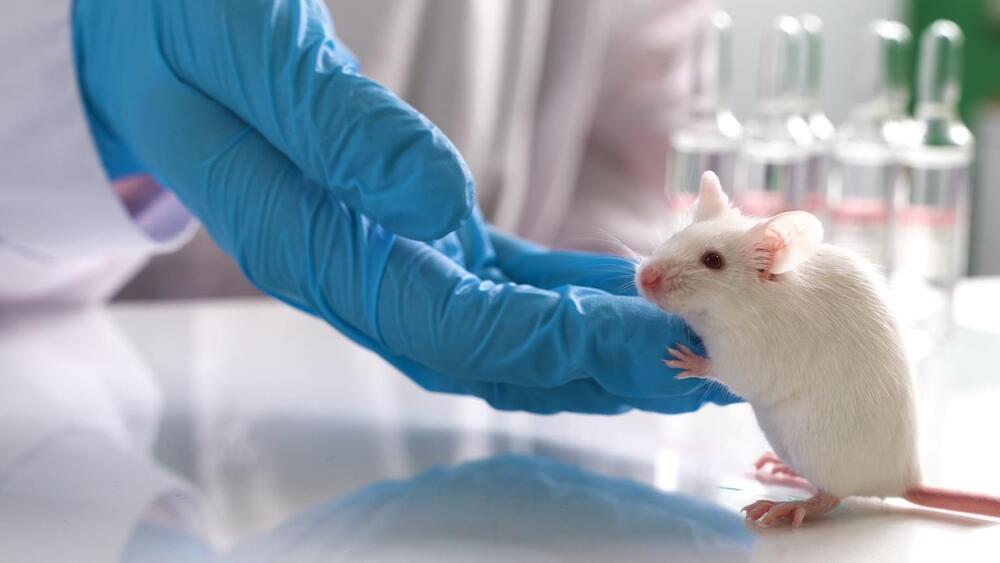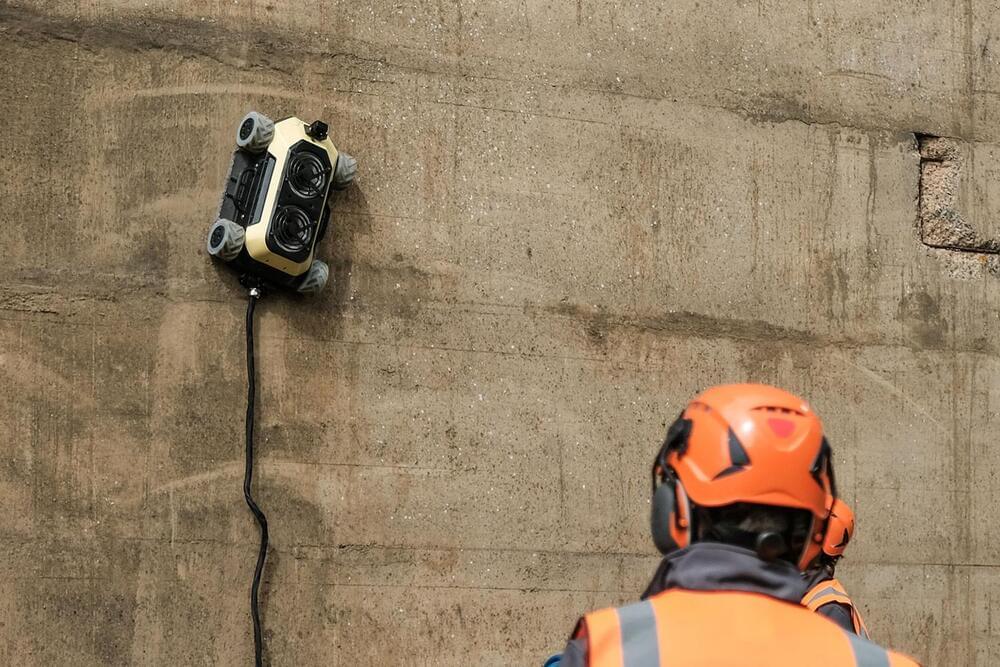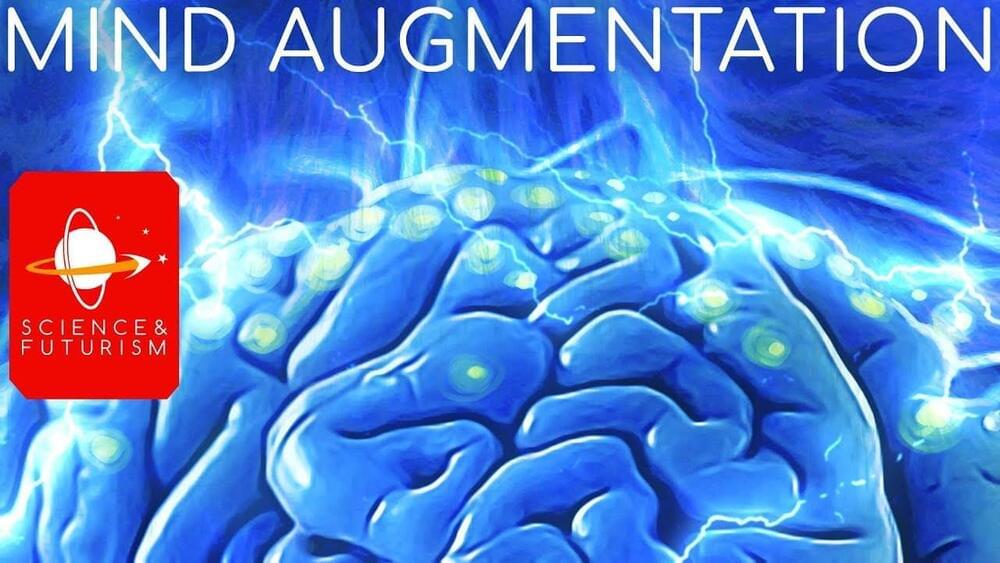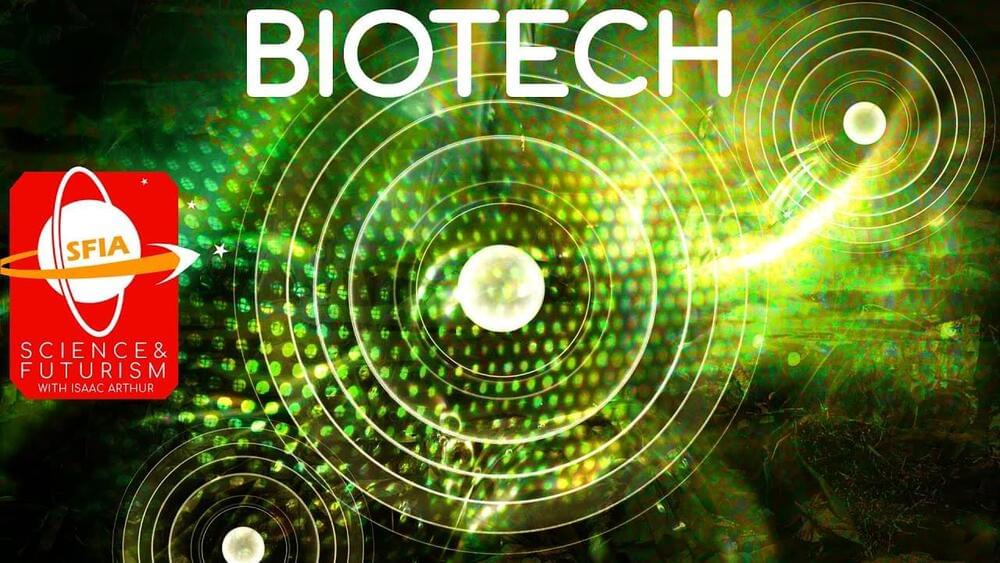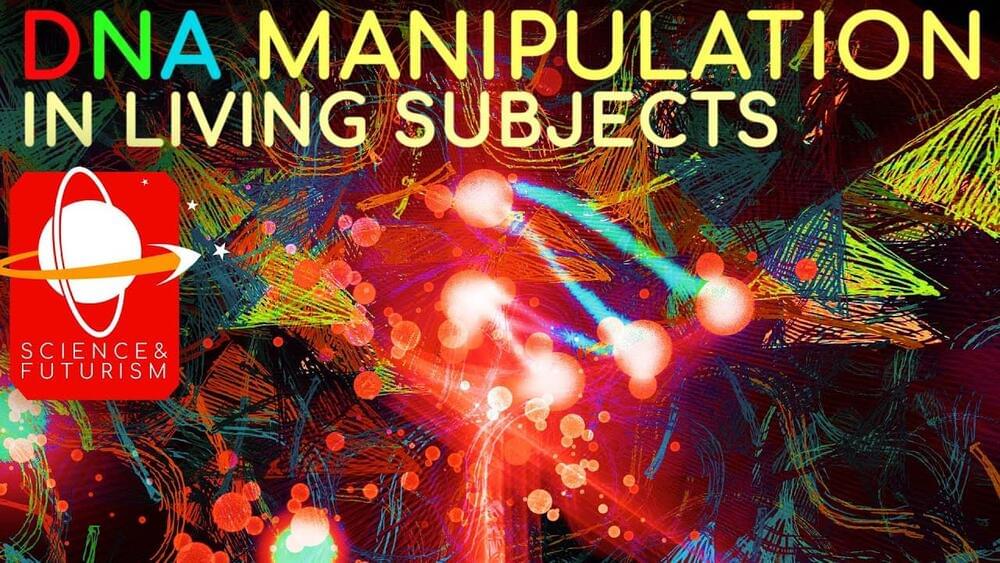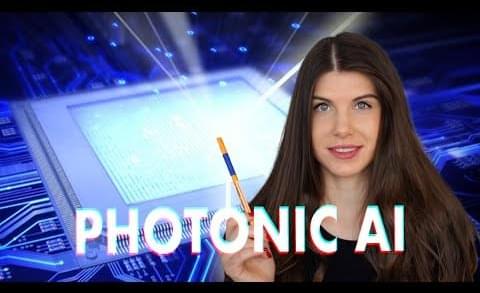An injectable gel helped mice with spinal cord injuries walk. The scientists are headed “straight to the FDA” to begin human trials.
The HB1 has a 30m range from the ground but is potentially unlimited if the tether can be supplied from the roof. The robot can be equipped with different attachments such as a brush, robot arm, airless spray, concrete surveying equipment.
To ensure that the robot itself doesn’t fall, it had to undergo extensive electromagnetic compatibility (EMC) testing to make sure that fans, which essentially attach it to the surface, are functioning correctly.
The WMG SME team tested the robot by placing it in the EMC chamber and assessing how it responds to noise. It made sure it didn’t emit any unwanted noise into the atmosphere itself. Using amplifiers to simulate noise and analyzers, the researchers were able to detect any unwanted interference and emissions with the robot and record results.
Mind Augmentation
Posted in entertainment
A look at methods and concerns for augmenting the human mind.
Use my link http://www.audible.com/isaac and get a free audio book with a 30 day trial!
Today we will be looking at Mind Augmentation, the basic concepts, methods, ethical concerns, and possible pitfalls entailed.
Visit our Website: http://www.isaacarthur.net.
Join the Facebook Group: https://www.facebook.com/groups/1583992725237264/
Support the Channel on Patreon: https://www.patreon.com/IsaacArthur.
Visit the sub-reddit: https://www.reddit.com/r/IsaacArthur/
Listen or Download the audio of this episode from Soundcloud: https://soundcloud.com/isaac-arthur-148927746/mind-augmentation.
Cover Art by Jakub Grygier: https://www.artstation.com/artist/jakub_grygier.
Graphics Team:
Edward Nardella.
Jarred Eagley.
Justin Dixon.
Katie Byrne.
Kris Holland of Mafic Stufios: www.maficstudios.com.
Misho Yordanov.
Pierre Demet.
Sergio Botero: https://www.artstation.com/sboterod?fref=gc.
Stefan Blandin.
Script Editing:
Andy Popescu.
Connor Hogan.
Edward Nardella.
Eustratius Graham.
Gregory Leal.
Jefferson Eagley.
Luca de Rosa.
Mark Warburton.
Michael Gusevsky.
Mitch Armstrong.
MolbOrg.
Naomi Kern.
Philip Baldock.
Sigmund Kopperud.
Steve Cardon.
Tiffany Penner.
Music:
Start listening with a 30-day Audible trial and your first audiobook is free. Visit.
http://www.audible.com/isaac or text “isaac” to 500–500.
In the future Biotechnology may allows us repair, modify, or augment humans, but how will this be done? What will these technologies look like and should we embrace them?
Visit our Website: http://www.isaacarthur.net.
Support us on Patreon: https://www.patreon.com/IsaacArthur.
Facebook Group: https://www.facebook.com/groups/1583992725237264/
Reddit: https://www.reddit.com/r/IsaacArthur/
Twitter: https://twitter.com/Isaac_A_Arthur on Twitter and RT our future content.
SFIA Discord Server: https://discord.gg/53GAShE
Listen or Download the audio of this episode from Soundcloud: Episode’s Audio-only version: https://soundcloud.com/isaac-arthur-148927746/biotech-human-…gmentation.
Episode’s Narration-only version: https://soundcloud.com/isaac-arthur-148927746/biotech-human-…ation-only.
Credits:
Biotech: Human Modification and Augmentation.
Science & Futurism with Isaac Arthur.
Episode 289, May 6, 2021
Produced & narrated by isaac arthur.
Writers:
Try Dashlane here: https://www.dashlane.com/isaacarthur.
Get 10% off now with my promo code: isaacarthur.
Genetic Engineering and DNA alteration is an emerging technology with huge ramifications in the future, including potentially altering the DNA of adult humans, not just embryos or plants & animals.
Visit our Website: http://www.isaacarthur.net.
Support us on Patreon: https://www.patreon.com/IsaacArthur.
SFIA Merchandise available: https://www.signil.com/sfia/
Social Media:
Facebook Group: https://www.facebook.com/groups/1583992725237264/
Reddit: https://www.reddit.com/r/IsaacArthur/
Twitter: https://twitter.com/Isaac_A_Arthur on Twitter and RT our future content.
SFIA Discord Server: https://discord.gg/53GAShE
Listen or Download the audio of this episode from Soundcloud: Episode’s Audio-only version:
https://soundcloud.com/isaac-arthur-148927746/dna-manipulati…g-subjects.
Episode’s Narration-only version: https://soundcloud.com/isaac-arthur-148927746/dna-manipulati…ation-only.
Credits:
DNA Manipulation in Living Subjects.
Episode 227; Feb 27, 2020
Writers:
Isaac Arthur.
Editors:
Spatial has raised $25 million as it pivots away from augmented reality and virtual reality collaboration to nonfungible token (NFT) art exhibitions and metaverse events.
Spatial started out by providing AR/VR meeting places that people could access with AR glasses, VR headsets, and smartphones. But it found with the NFT art boom that it could provide a way for people to easily view digital art in virtual galleries, said Jake Steinerman, head of community at Spatial, in an interview with GamesBeat.
“We changing our direction,” said Steinerman.
Climate Emergency Basics.
Most people now accept that things are out of balance, and it is only those with warped agendas or a lack of understanding that are left behind.
Use these ten facts as starting points with which to move forward.
Use your vote, where you have one, in politics, the boardroom or a shareholders meeting to push for change in the right direction.
Use your money to buy goods and services from those making the right decisions to make the future cleaner, renewable and sustainable.
Finally, USE YOUR VOICE. Talk to everyone and share these thoughts, and challenge misinformation when you hear it being spread.
We can create a better future.
We waste billions subsidising fossil fuels when we could be scaling renewables and developing alternatives faster.
The more people vote for those with net zero policies and buy from those with net zero aims and ambitions, the sooner the balance will tip and momentum will do the rest.
If you want to see some ideas for how we move forward to solve these issues then watch this video next smile Can we save our planet?
https://youtu.be/qxY0p1MqjJs.
Idea based upon content from the book.
There is no planet B by Mike Berners-Lee.
In this video I discuss the most exciting applications of Silicon Photonics: from Photonic transistors to Photonic AI Processors which are already capable of running neural networks! #PhotonicChips #SiliconPhotonics #PhotonicProcessors.
TImestamps:
00:00 — Silicon Photonics.
03:00 — Photonic Transistor.
04:37 — Photonic AI chip.
12:18 — New Intel Photonic pattents & New Silicon Photonic Lab.
13:47 — Future of AI accelerators.
***
WATCH NEXT:
➞ 3D Wave in Processor Design: https://youtu.be/5fMWUC2MFrA
➞ These Microchips are the Future of AI: https://youtu.be/BDrrjLB7lgE
***
LINKS:
➞ Podcast “Practical AI” the episode on Photonic Computing: https://changelog.com/practicalai/156
➞ Cool ISSCC 2021 Tutorial on Silicon Photonics: https://d3smihljt9218e.cloudfront.net/lecture/15042/slidesho…f08f08.pdf.
➞ Hotchips 2020 SIlicon Photonics for AI Acceleration by LightMatter: https://hc32.hotchips.org/assets/program/conference/day2/Hot…matter.pdf.
***
➞ Support me on Patreon: https://www.patreon.com/AnastasiInTech.
➞ Subscribe for new videos every week! ❤ And leave me a comment below!
As the metaverse trend increasingly gains momentum, the virtual reality (VR) market is expected to show signs of increased growth in 2021 and beyond.
Global research and advisory firm Omdia finds that 12.5 million headsets will be sold in 2021, while spend on VR content will reach $2 billion.
Overall, the research firm estimates the consumer VR market will be worth $16 billion by 2026, up from $6.4 billion in 2021. This signals a 148% increasecompared to 2021, it notes.
SpaceX is embarking on a bold new adventure: making rocket fuel out of thin air.
“SpaceX is starting a program to take CO2 out of atmosphere & turn it into rocket fuel,” CEO Elon Musk tweeted on Monday. “Please join if interested.”
The news comes after Musk announced a $100 million prize to come up with carbon removal technologies earlier this year. The goal is to pull 1,000 tons of CO2 out of the atmosphere annually — and eventually scaling up the operation dramatically.
“I think this is one of those things that is going to take a while to figure out what the right solution is,” Musk explained back in April. “And especially to figure out what the best economics are for CO2 removal.”
“Right now we’ve only got one planet,” Musk said at the time. “Even a 0.1 percent chance of disaster — why run that risk? That’s crazy!”
